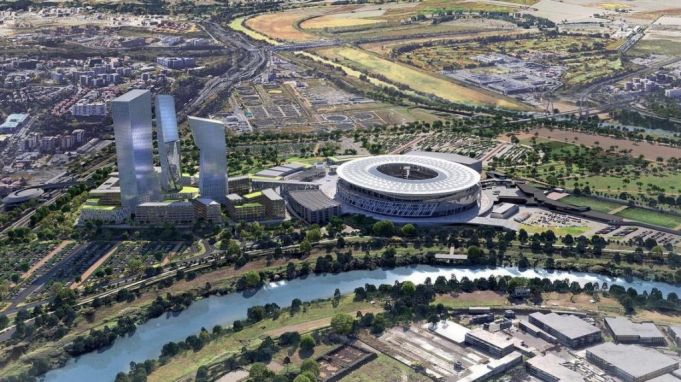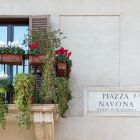Controversy over revised stadium deal between city and AS Roma football club.
A plan to build a 52,000-seater stadium for Italian Serie A football team AS Roma has been given the green light following an agreement between the club's management and the administration of Rome mayor Virginia Raggi.
A radically-reduced version of the stadium proposal, which has faced years of delays, was accepted on 25 February by Raggi, with the consent of the leader of her anti-establishment Movimento 5 Stelle, Beppe Grillo.
Raggi gave her support to the scaled-back scheme in the southwest Tor di Valle suburb after AS Roma agreed to a 60 per cent reduction of the proposed surrounding park, which means dropping plans for three high-rise office towers designed by American architect Daniel Libeskind.

Raggi said the new “environmentally friendly” deal includes securing the surrounding Decima district against potential flooding from the nearby river Tiber, as well as the construction of a new station on the Roma-Lido railway line, and the upgrading of the area's main road, Via del Mare.
The revised plan, however, excludes a commitment by the city to extend the Metro B line from EUR Magliana to Tor di Valle, as well as dropping a proposed pedestrian bridge from Magliana train station on the Fiumincino side of the river opposite the new development.
The original stadium plan received approval in 2014 from former mayor Ignazio Marino who underlined the project's "public interest" aspects, centred around decent public transport connections and new green space for Romans.
However the newly-accepted stadium plans have been blasted by Marino who accused Raggi of “doing a favour to developers” by erasing all the public interest measures obtained by his administration, including “losing a park the size of Villa Borghese.”
Marino claimed that football supporters would be funnelled along Via del Mare, and that the three Libeskind towers would be replaced by 18 seven-storey buildings. “Is this plan better than having three skyscrapers designed by one of the greatest architects in the history of architecture?”, asked Marino who was interviewed recently by Wanted in Rome.
The final stadium agreement, which was reached late on 25 February, hours after Raggi was released from hospital following a health scare, should see the cornerstone laid this year and – all going to plan – kick-off by 2020.
The new three-tiered stadium, designed by California-based architect Dan Meis, will become the dedicated home for AS Roma which was founded in 1927 and which has shared the 72,000-seater Stadio Olimpico near the centre of Rome with city rivals Lazio since 1960.
The reason for the club’s move is to have a purpose-built stadium that offers its players better facilities and provides the fans with a more intimate view of the game, minus the running track that surrounds the pitch at the Stadio Olimpico.
The driving force behind the new stadium is AS Roma president Jim Pallotta – the Italo-American hedge fund manager who acquired the team in 2011.




















